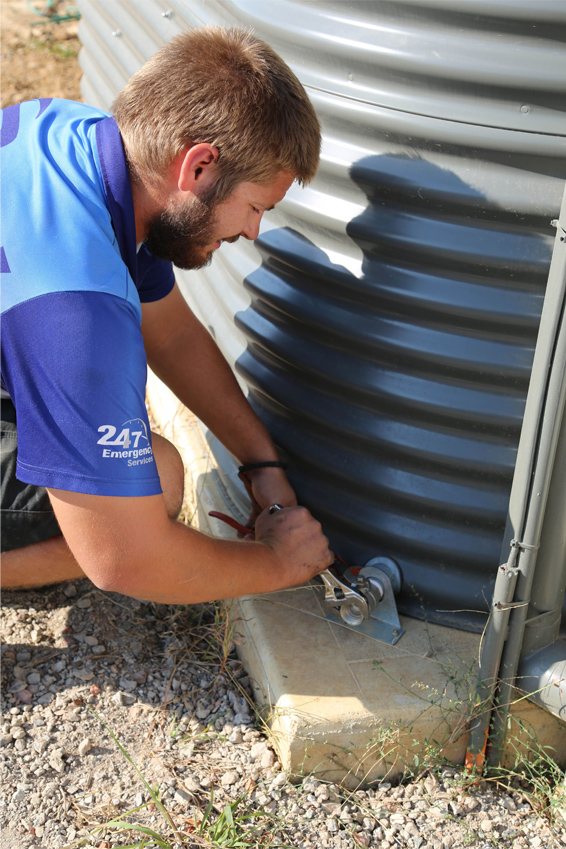Things to Consider for Water Tank Installation

Uses of Rainwater
A rainwater tank installation is relatively simple and economical, and the advantages are progressing. Rainwater is a decent wellspring water to be used on your garden. It can also be used for washing your clothes, flushing away the toilet and – in rural areas – it can be a consumable water for you to drink. If your property is not connected to a mains water supply, or is located a long way from your mains water supply, rainwater may be the most feasible water supply. Whether you are connected to the mains water supply or not, you may want to consider using rainwater for your garden or for household purposes. By doing this, you are most likely to be able to reduce your demand on mains water supply and water charges. There are 3 things that you have to consider before installing a water tank:
1. Size and Type of the Tank
To choose the right tank size, first decide for what purposes you will be using the water, the size of your roof, how much water your household consumes, and of course the average rainfall in your area. These factors will help you estimate the size of the tank required.
There are different types of water tanks available for different purposes:
- Polyethylene tanks: These are lightweight, durable options that are available in different colours and sizes. They can be used both above and below ground, depending on your needs.
- Concrete tanks: They are usually built on site (above or below ground)
- Metal tanks: Made of corrugated metal or coated steel, these custom-made options are easy to transport.
- Fibre glass tanks: These tanks are a good above-ground option as they are rust and corrosion proof, and can withstand high temperatures.
- Bladder tanks: While these don’t really fit into our ideas of tanks, these are ideal for verandas or under house applications.
2. Position and Installation
When choosing a position for your tank, other than the obvious building regulations and space restrictions, consider:
- That a location too near the retaining walls will add stress to the walls.
- That the tank can block sunlight, view or ventilation for you or your neighbors.
- That if a pump is to be used, you will need a location that minimises the noise.
- That you want regular access to the tank for any maintenance purposes.
For hygiene purposes, a minimum water level must be maintained if you plan to use the water for toilets or laundry. You will also need screens and gutter guards to prevent debris and insects from entering the tank.
3. Regular Maintenance
This is also essential to maintain the quality of the water. Some maintenance attempts you can do:
- Regularly clean your roof and keep it free of tree leaves and other debris.
- Keep all overhanging branches regularly trimmed.
- Check the gutter guards, screens and other fittings regularly to ensure proper working.
- Once in two years, check the sludge level in the tank.

